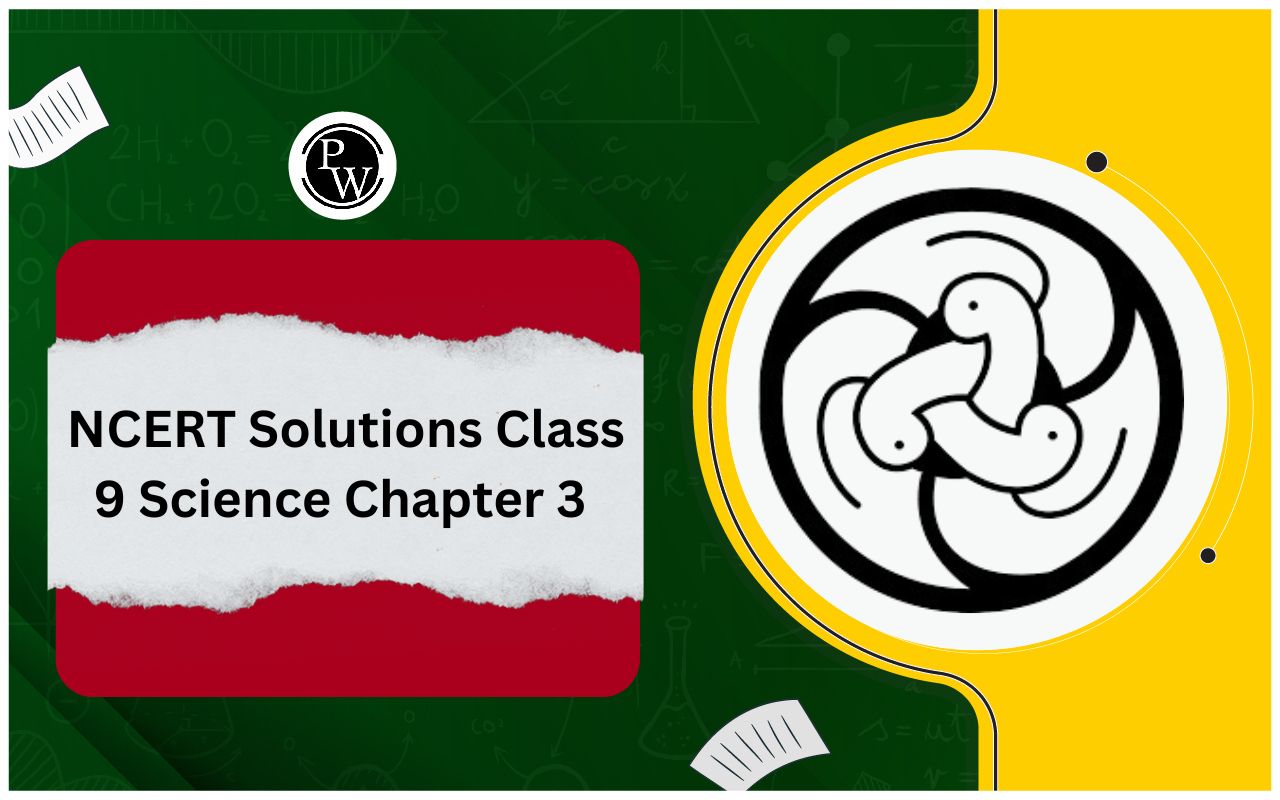
Exponential Decay is a mathematical concept that describes a situation where a quantity gradually diminishes at first and then rapidly decreases over time. It occurs when the rate of decrease is proportional to the current value of the quantity.
What are Exponential Decay Formulas?
The Exponential Decay Formula:
The exponential decay formula is a mathematical equation used to represent how a quantity changes over time during an exponential decay process. It can be written as:
![]()
Where:
N(t) represents the quantity at time t.
N0 is the initial quantity at the starting time (t = 0).
k is the decay constant, determining the rate of decay.
e is a mathematical constant approximately equal to 2.71828.
Half-Life
The concept of half-life refers to the time it takes for a quantity to reduce to half of its initial value. In the context of the exponential decay formula, you can calculate the half-life (T 1/2 ) by solving for it when N(t) equals half of N0.
Also Check – Polynomials Formula
Solved Examples
Example 1: Imagine you have 1000 units of a substance, and it decays with a half-life of 10 years. How much of the substance will remain after 20 years?
Solution:
Initial quantity (N0) = 1000 units
Decay constant (k) can be calculated using k = -ln(2) / T1/2 = -ln(2) / 10
Now, plug these values into the exponential decay formula:
N(20) = 1000 * e^(-(-ln(2) / 10) * 20)
By calculating this, you can determine the remaining quantity after 20 years.
Also Check – Introduction to Euclid Formula
Example 2: Suppose you invest $10,000 in a savings account with a 5% annual interest rate, compounded continuously. How much money will you have in the account after 10 years?
Solution:
Initial amount (N0) = $10,000
Interest rate (k) = 5% expressed as a decimal, so k = 0.05
Now, use the exponential decay formula to find N(10):
N(10) = 10,000 * e^(0.05 * 10)
By calculating this, you can determine the amount of money in the account after 10 years with continuous compounding.
Example 3: Chris purchased a new car for $20,000. The car's value decreases exponentially, depreciating at a rate of 8% per year. What will be the car's value after 5 years? Solve this using exponential formulas and round your answer to the nearest two decimals.
Solution:
Initial car value, P = $20,000.
Depreciation rate, r = 8% (0.08 as a decimal).
Time, t = 5 years.
Using the exponential decay formula:
A = P (1 - r) t
Calculating:
A = 20000 (1 - 0.08) 5 ≈ $13,181.63
Therefore, the car's value after 5 years is approximately $13,181.63.
Also Check – Data Handling Formula
Example 4: Jane bought a new house for $350,000. The house's value decreases exponentially, depreciating at a rate of 5% per year. What will be the house's value after 2 years? Solve this using exponential formulas and round your answer to the nearest two decimals.
Solution:
Initial house value, P = $350,000.
Depreciation rate, r = 5% (0.05 as a decimal).
Time, t = 2 years.
Using the exponential decay formula:
A = P (1 - r) t
Calculating:
A = 350000 (1 - 0.05) 2 = $315,875
Therefore, the house's value after 2 years is $315,875.
Example 5: The half-life of carbon-14 is 5,730 years. Find the exponential decay model of carbon-14. Solve this using the exponential decay formula and round the proportionality constant to four decimals.
Solution:
Given the half-life of carbon-14 as 5,730 years, we can establish the exponential decay formula for carbon-14 as:
P = P 0 e -kt
Here, P0 represents the initial amount of carbon.
Since the half-life means P = P0 / 2 when t = 5,730, we can substitute these values into the formula:
P / 2 =P e - k (5730)
Dividing both sides by P0:
0.5 = e - k (5730)
Taking the natural logarithm (ln) of both sides:
ln (0.5) = -5730k
Dividing both sides by -5730:
k ≈ ln (0.5) / (-5730) ≈ 0.0001210
Thus, the exponential decay model of carbon-14 is P = P 0 e -0.0001210t , rounded to four decimals.
Decay Formula FAQs
Q1. What is the difference between exponential decay and exponential growth?
Q2. What are common real-world applications of the decay formula?
Q3. Can the decay formula be used for other types of decay, such as exponential decay of temperature or chemical reactions?
Q4. What are some practical applications of the decay formula?










